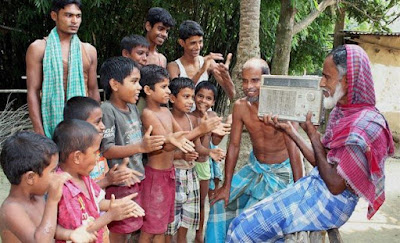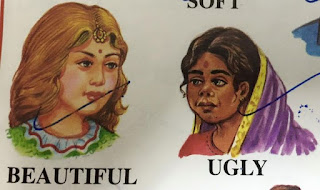The high's and low's of videos

Everyone knows that a compressed image pixellates when enlarged, and that a compressed video doesn't look that good when seen on a larger screen. There is actually a very simple logic at play here. The reason is actually very simple... (Image source: http://www.generalforum.com/images/hosted/bluray_vs_dvd_vs_vhs_01.jpg) When we shoot one hour of full HD video, the frame size is 1920 X 1080 pixels, and the space occupied on the hard disk after it is transferred is about 50 GB. With SD footage the frame size is 720 X 576 pixels for PAl video (Standard Definition - fast becoming outdated) the captured video on the hard disk is about 12 GB. Of course it all depends on the codec you use for capturing the video. The HD video is vibrant, crisp, and beautiful looking on your editing screen. If we make a blu-ray disk after the edit, it is almost as good as the original raw format because you can tranfer the edited video almost in its original format. The capacity of the double lay...


